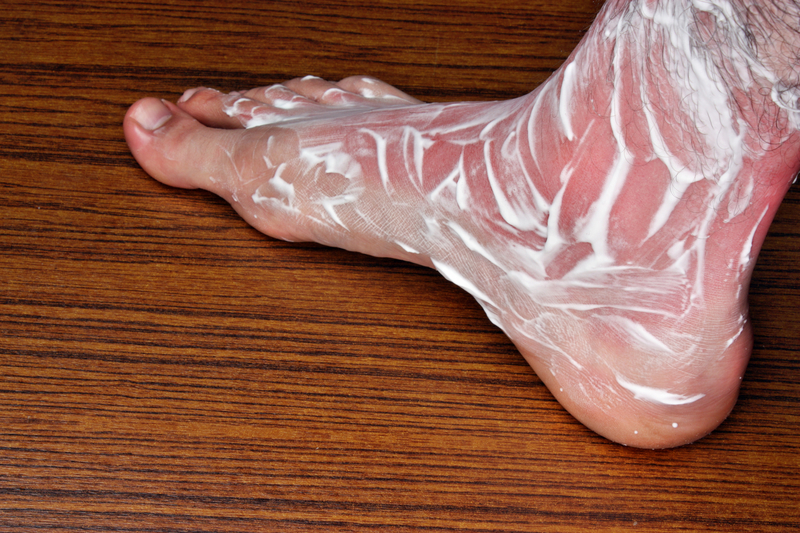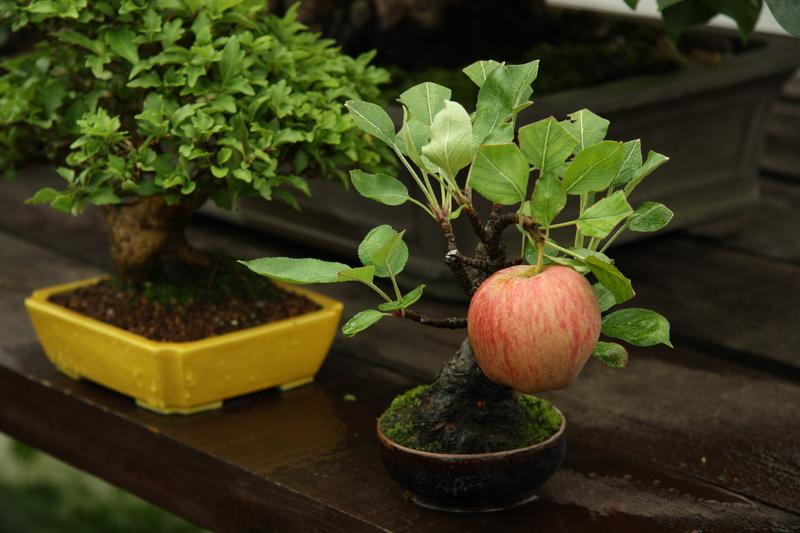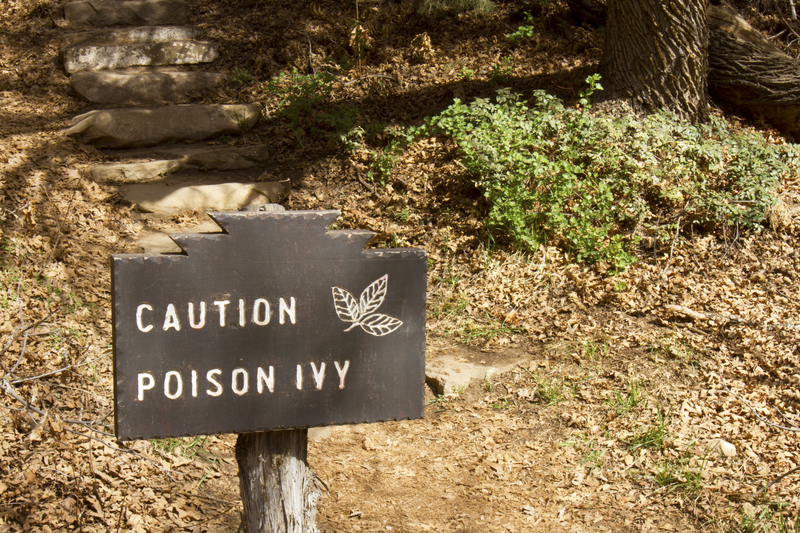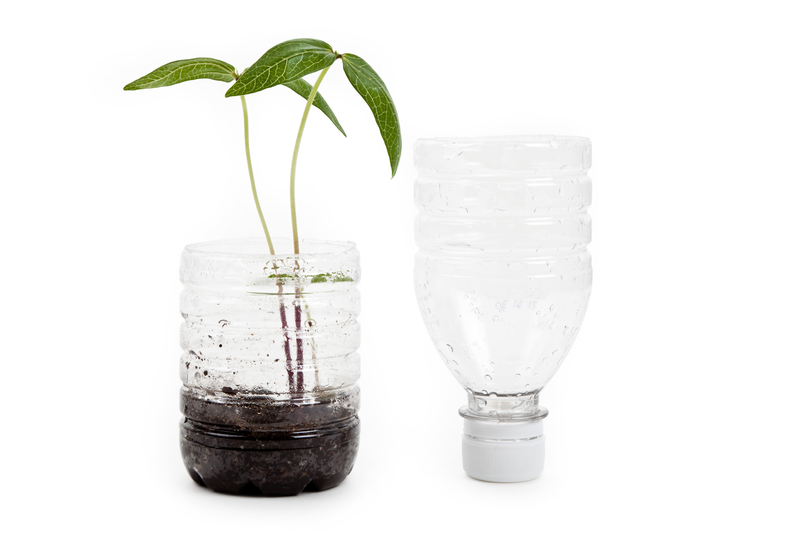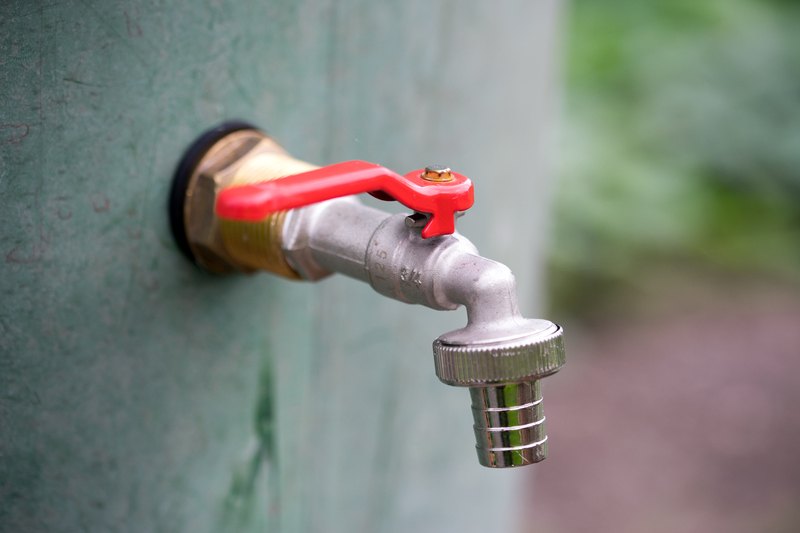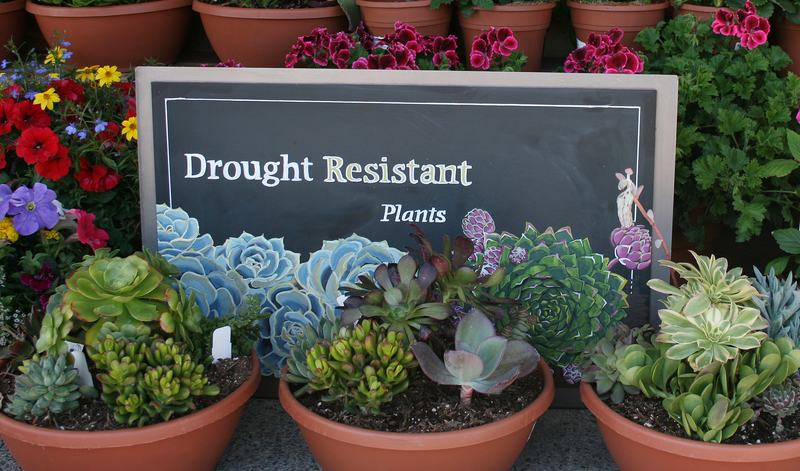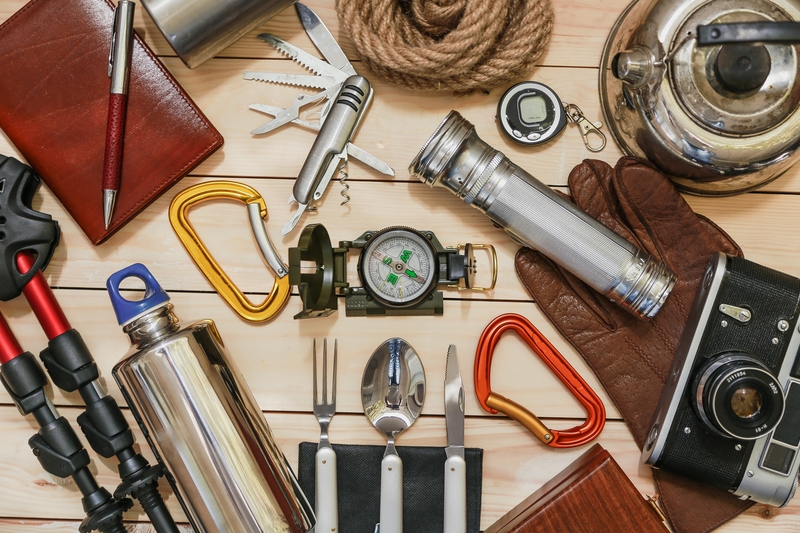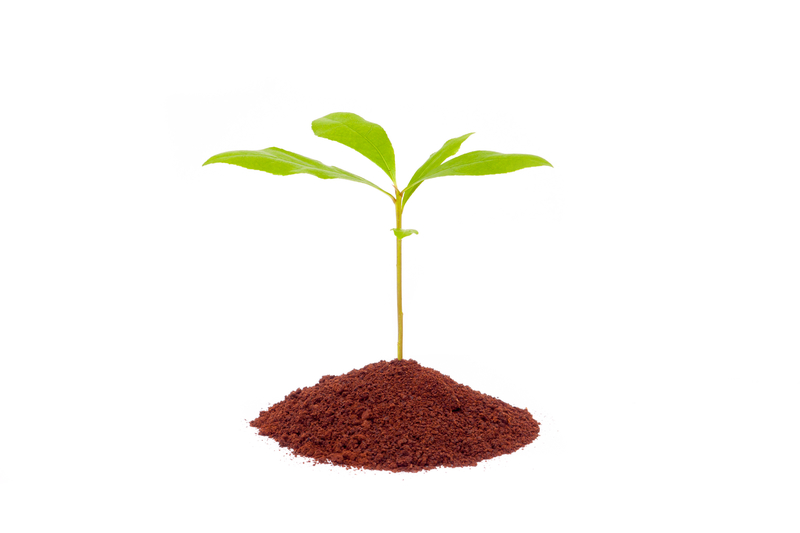8 Extremely Natural Ways to Treat a Rash
Rashes can be at the least, inconvenient, and at the worst incredibly painful. There is any number of reasons a rash may appear. Allergies, toxic plants, and illnesses are the main categories, but within those, especially allergies, it can sometimes be impossible to figure out why the rash is happening. Please note, if a … Read more

